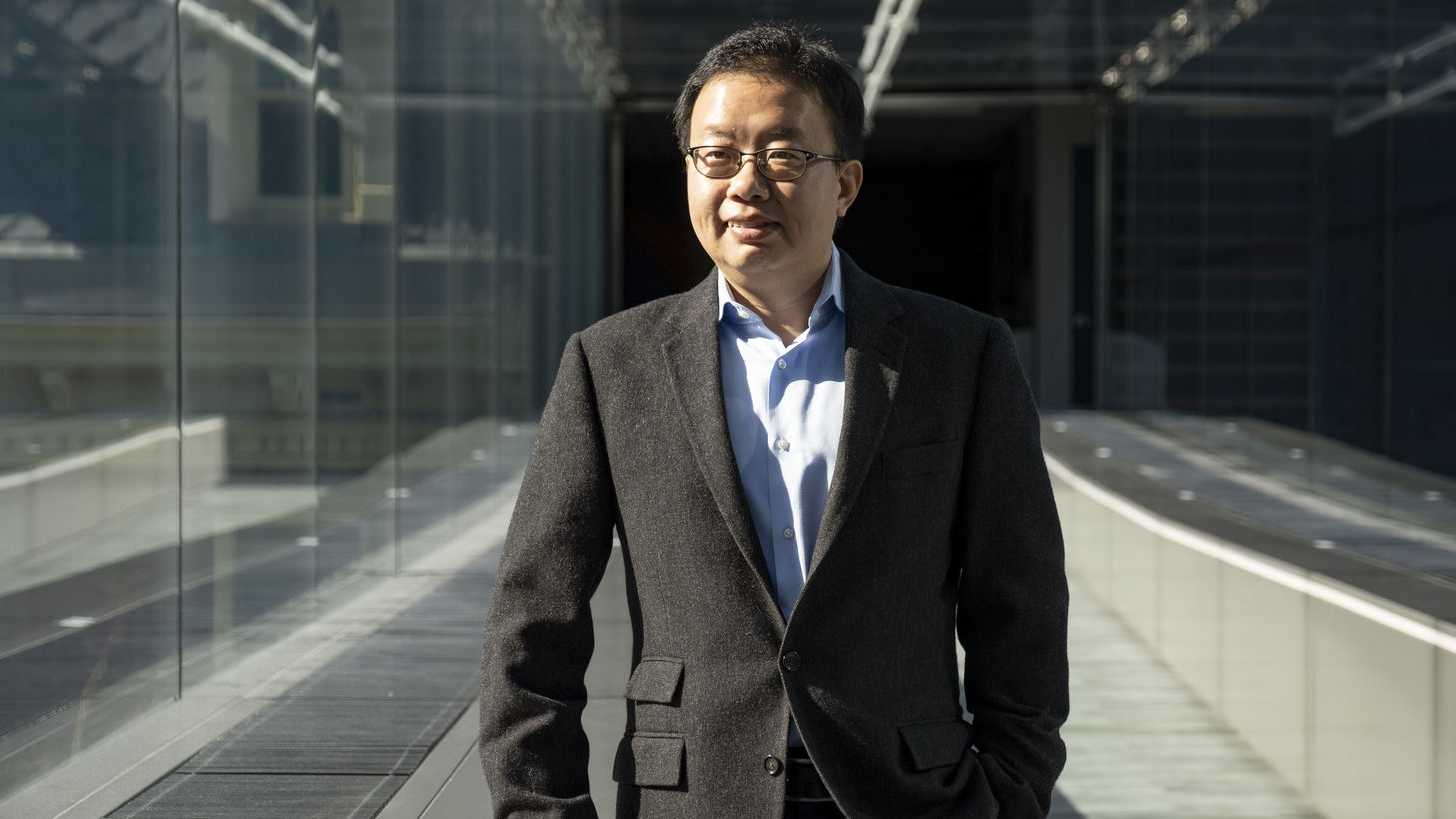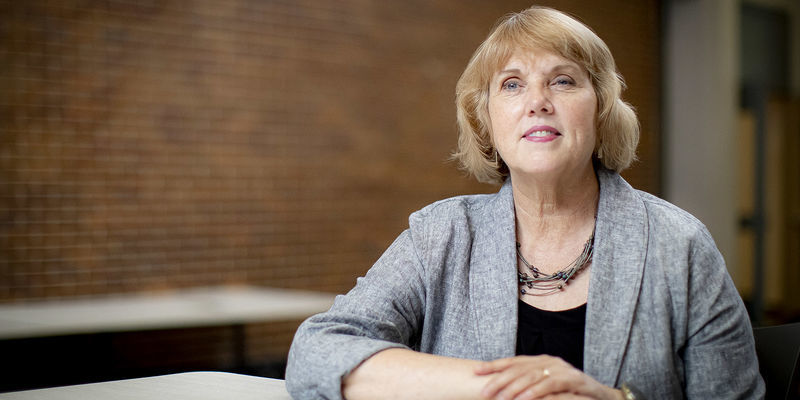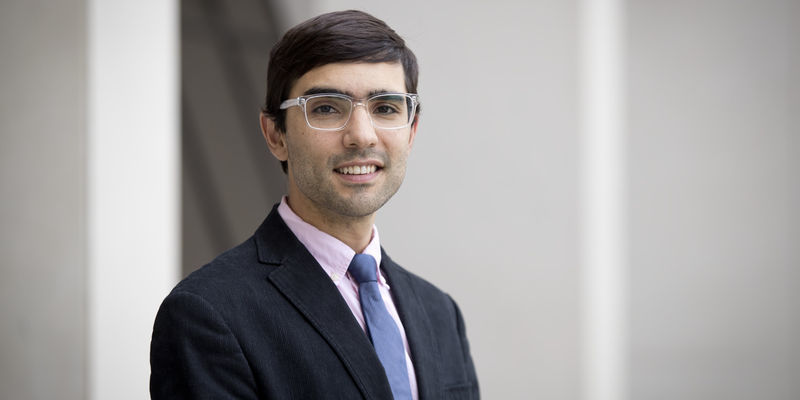Study shows verified users are among biggest culprits when it comes to sharing fake news
Temple Management Information Systems Professor Min-Seok Pang has also conducted research revealing that fake news posts that include videos are more likely to be reported.

The rise of fake news is one of the sweeping challenges facing the media industry. It’s everywhere—and unfortunately, it only seems to be getting worse.
According to Statistica, 67% of Americans have come across fake news on social media. Even worse, 10% of U.S. adults have knowingly shared fake news.
“It’s a huge problem, it’s one of the biggest problems that we’re dealing with right now,” said Min-Seok Pang, an associate professor of management information systems and the Milton F. Stauffer Research Fellow at Temple University’s Fox School of Business. “Fake news is becoming a ‘life-and-death’ matter and eroding trust and respect with each other, which is a backbone of any civilized society.”
New research from Pang provides some key new insights into the dissemination of fake news. One of his studies shows that when a social media user verifies their identity and receives a verified badge, the individual often creates more fake news than before. Another study also finds that social media users are more likely to report a fake news post when it includes videos.
The studies were outlined in two peer-reviewed scholarly journal articles and have recently been accepted for publication. “Seeing Is Believing? How Including a Video in Fake News Influences User Reporting of Fake News to Social Media Platforms” has been accepted for publication in MIS Quarterly, while “‘Cure or Poison?’ Identity Verification and the Posting of Fake News on Social Media” was accepted for publication in the Journal of Management Information Systems. Both articles were co-authored by Shuting Ada Wang of the City University of New York and Paul A. Pavlou of the University of Houston.
For the study on fake news posts that include videos, Pang and his peers did an empirical analysis. They compared fake news posts that had the same level of engagement (likes, shares, views) regardless of whether a video was included. The posts that had a video component were always reported more.
“We now know that fake news that includes video is going to be more likely to be caught by the crowd. Users are more likely to see it as fake news and then the platform can look into it,” Pang said. “Social media users also know to be more skeptical when watching videos online.”
The second study found that individuals who voluntarily request to be verified are among the biggest culprits when it comes to sharing fake news. While Twitter no longer allows users to make this request, users on Facebook and Instagram can request to be verified. According to Pang, these platforms may want to be more thoughtful and careful when reviewing these requests.
“When you’re verified, your posts carry more weight, and it’s more damaging when you share fake news,” Pang said. “While we did not investigate this specifically, it seems like some individuals are using the verification process to game the system. [Social media platforms] have to enforce it more strongly. They have to be open to the possibility that a user has gamed the system and they have to prevent workarounds. We think that is one of the strongest takeaways from this research.”


